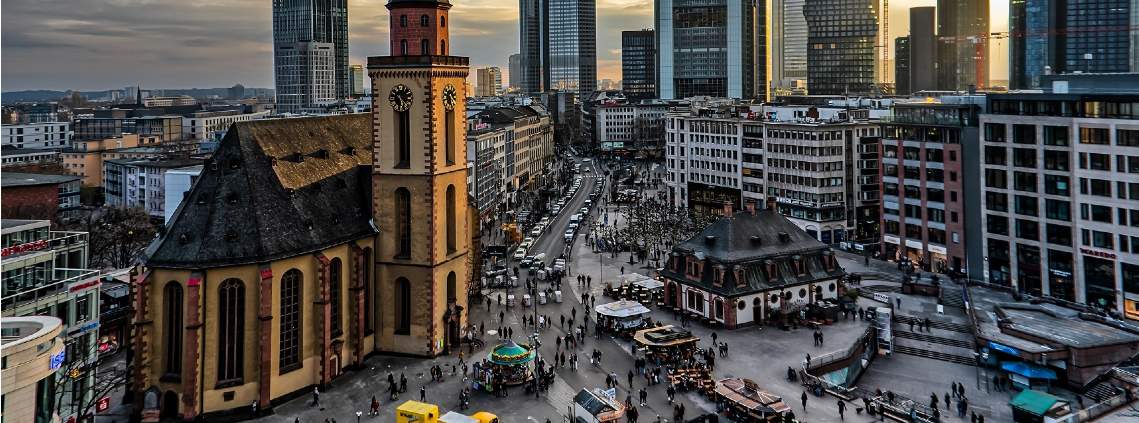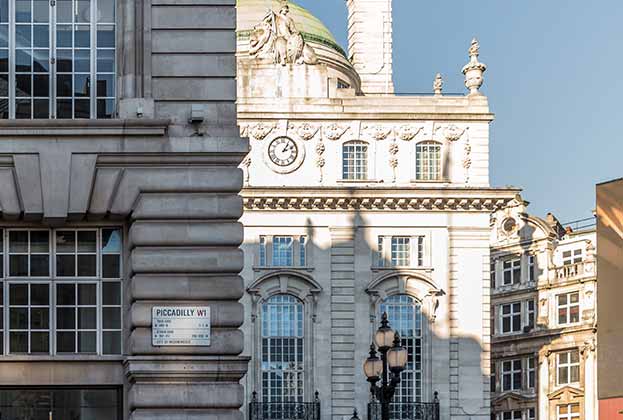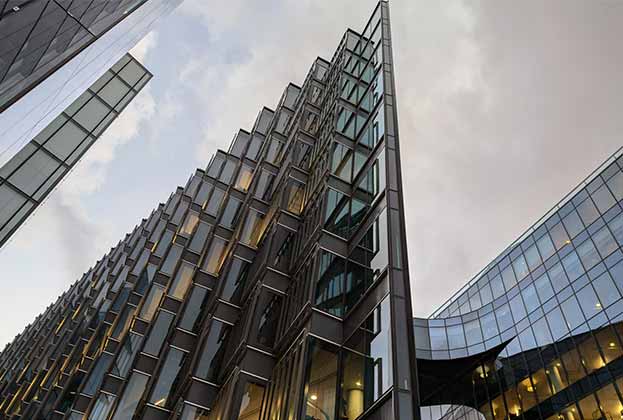For the first time in 10 years, Germany has overtaken the UK as the most active property market in Europe. Between January and September 2019, Germany saw investment volumes of €55.4 billion, €43.4 billion of which was for commercial assets and €12 billion for residential properties according to Savills figures.
Over the same period of time, the UK attracted €48.98 billion, according to RCA data. And to get the B word out of the way early, this is more about Germany than Brexit. It’s the country’s fundamentals that continue to draw interest from Europe, the US and Asia. So what in particular is attracting investors?
Size and liquidity
While the country could be in a recession, pending what official government figures say once published, Germany remains the largest economy in Europe and a politically stable yet highly liquid market. While real estate investment volumes are down year-on-year almost everywhere in Europe, including Germany, the UK, France and the Netherlands, the amount of capital trying to find a home in property is much larger than the available stock. In Germany construction is unable to keep up with demand in almost all major cities, particularly in the offices sector.
Alternatives
There is still a lot of investment potential for investors in Germany when it comes to the alternatives sector, whether that’s student housing, hotels or industrial, to name but a few.
For example, the investment in planned care property since the start of the year until August reached €264 million, more than the totals for 2017 and 2018. Germany already has the largest elderly population (70-79 years old) in Europe at approximately 7.8 million and it will remain the largest in Europe in 10 years’ time. The country offers strong potential for elderly demand, notably for lower care and affordable aged-restricted housing options and investors are starting to take note.
Rise of second cities and secondary assets
While Germany’s ‘big seven’ A-cities, Berlin, Dusseldorf, Frankfurt, Hamburg, Cologne, Munich and Stuttgart, continue to attract the lion’s share of investment, the country’s B- and C-cities are also a good pick for investors focussing on long-term income.
As supply of prime assets is limited and competition amongst bidders is strong, many investors are expanding their focus to secondary assets. Such assets need to have upside potential for rent increases and there must be a long-term demand by tenants for such asset types or locations.
Therefore, investors are still risk averse in terms of fundamentals for secondary assets. For example, for community welfare properties, hotels or multi-family assets, investors are looking at demographic and economic fundamentals, so some smaller cities might be attractive if they fulfil the relevant criteria.
All sectors and real estate assets in Germany that are offering good fundamentals will remain attractive to investors, no matter of the type of current use. In this late stage of the cycle, investors are focussing on positive fundamentals, low vacancy risks and the chance of further rent increases.
Further information
Read more: Market in Minutes: Investment Market Germany

.jpg)





.jpg)


